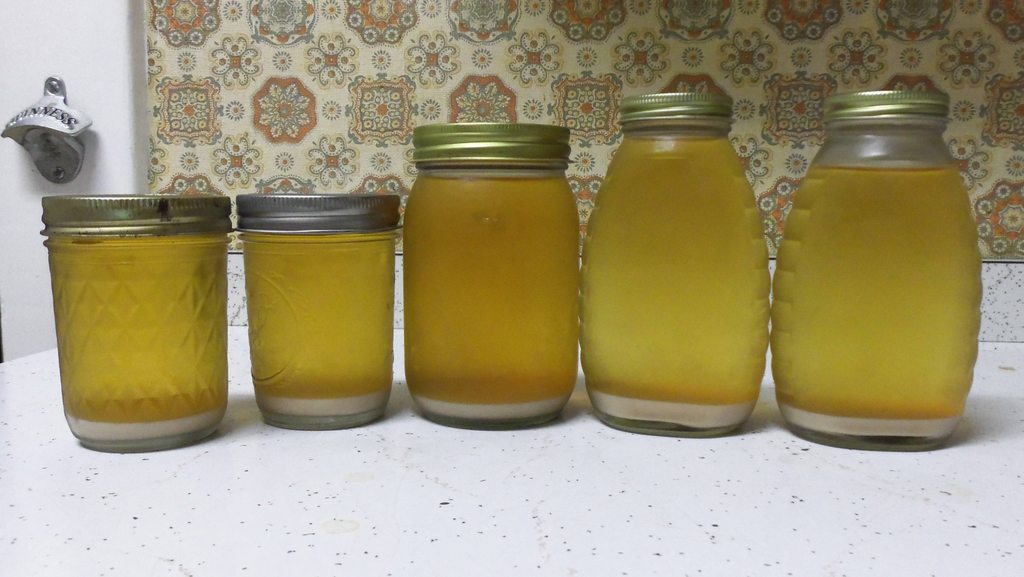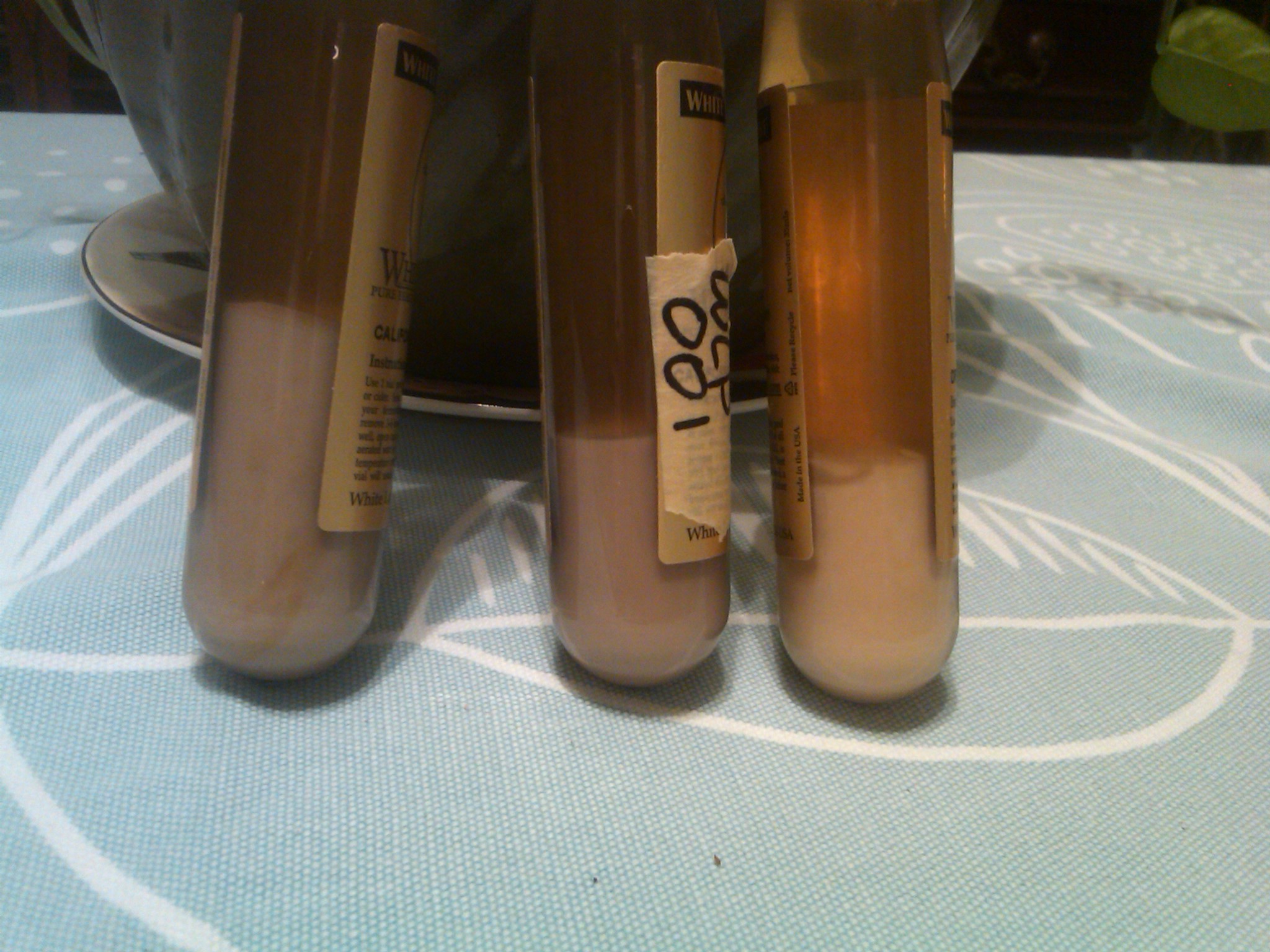shaunvfx
Member
By the looks of the photo it seems like you brought over quite a bit of the trub. Here's what I do, and it always turns out just like the photos from the original post.
Once the beer has been racked out, I shake the carboy like mad to loosen everything before I add the water, just so I don't have to shake as much once I've added the water that has had the oxygen driven off. Once everything is loose and the clumps are gone, I add water to the carboy, shake just to mix, let it sit for 10-20 minutes and then I pour the liquid on top - being very careful to not disturb the settled trub - into my 1 gal jug. I let that sit fxor another 10-20 minutes and then I very carefully pour the liquid on top into 2-4 pint jars.
As far as how long I let it sit, I pour to the next jar once I start to see yeast settling. It's usually pretty obvious because you'll start to see a layer form that's much lighter in color than what's already settled. Hope this helps.
I guess my problem is that it seemed like the layer sitting on top was extremely thin in the carboy after letting it sit. It seemed difficult to just pour that off, I would say the top was under 1/4" thick.
If I want to salvage could I boil some corn sugar and make a mini starter then decant it off add cooled boiled water and refrigerate?






